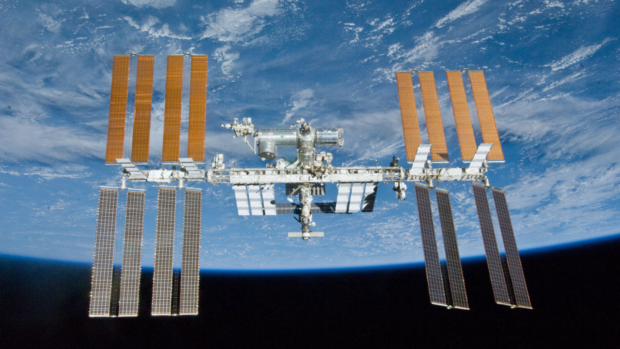The Future of the International Space Station: NASA’s Plans for Decommissioning and Latest Projects
The National Aeronautics and Space Administration (NASA) has recently released a request for a proposal to safely deorbit the International Space Station (ISS) using the US Deorbit Vehicle. This essential equipment will be responsible for pulling the ISS into an inhabited part of Earth, allowing global space agencies to launch a more powerful orbital project. Since its launch by five space agencies in 1998, the ISS has played a crucial role in facilitating scientific exploration and research, providing valuable insights into space and human adaptation in a vacuum.
However, due to the aging of its components, it has become necessary to decommission the ISS and launch a newer space facility. In this article, we will explore NASA’s plans for decommissioning the International Space Station and discuss some of the space agency’s latest projects.
How will the ISS be decommissioned?
NASA announced its plans to decommission the ISS in 2026. The agency intends to let the space facility naturally decay under atmospheric resistance or drag, causing it to gradually lower its orbit from 400km (250 miles) to about 320km (200 miles) by the middle of 2030. Once the ISS reaches an altitude of 280km (175 miles) lower, the final crew will leave the station.
At this point, it will be impossible to restore the ISS’s orbit, marking the point of no return. To deorbit the ISS, the Russian Progress spacecraft will push it into the Earth’s atmosphere. However, recent geopolitical shifts have raised questions about Russian participation, prompting NASA to consider alternative methods such as using the US Deorbit Vehicle. This vehicle will tumble down into Point Nemo, a remote area of the Pacific Ocean between South America and New Zealand, far away from human habitation to minimize casualties.
Why is decommissioning necessary?
The need to decommission the ISS arises from the history of the Soviet Union’s Salyut 7 space station, which deteriorated with age and became dangerously uncontrollable in orbit. To avoid a similar situation, space agencies aim to deorbit the ISS and bring it safely into the Earth’s atmosphere to splash down in the Pacific Ocean. NASA has requested funding from Congress for a “space tug,” a craft capable of pulling the station back into the atmosphere. The estimated cost for this tug is around $1 billion or £800 million.
Decommissioning the ISS poses a greater challenge compared to previous space stations like Russia’s Mir and NASA’s Skylab, as it is three times larger in size. The ISS’s descent from the sky, weighing 400 tonnes, presents a significant challenge that necessitates careful planning and execution.
What’s next for NASA?
Despite the decommissioning of the ISS, NASA continues to pursue new discoveries and advancements. One of its ongoing projects involves testing the laser communications system, ILLUMA-T. This system uses infrared beams to transmit data, and if successful, it could facilitate the transmission of high-resolution data from space explorations to Earth. The data will be sent from the ILLUMA-T terminal to the Laser Communications Relay Demonstration (LCRD) at a rate of 1.2 gigabits-per-second. From LCRD, the data will be further transmitted to ground stations in Hawaii and California. This demonstration showcases the potential benefits of laser communication for missions in low Earth orbit.
NASA’s future endeavors aim to bring about significant advancements in space technology, much like the global positioning system (GPS). While the ISS’s contributions will be remembered indefinitely, progress demands the replacement of older facilities with newer ones to foster scientific growth and development.
Stay updated with the latest digital tips and trends by subscribing to Inquirer Tech.
Denial of responsibility! Vigour Times is an automatic aggregator of Global media. In each content, the hyperlink to the primary source is specified. All trademarks belong to their rightful owners, and all materials to their authors. For any complaint, please reach us at – [email protected]. We will take necessary action within 24 hours.


